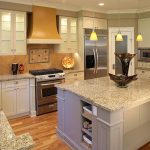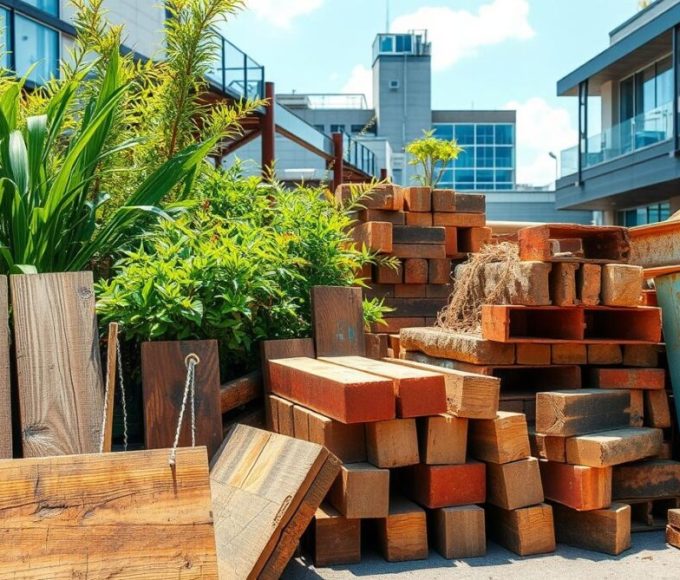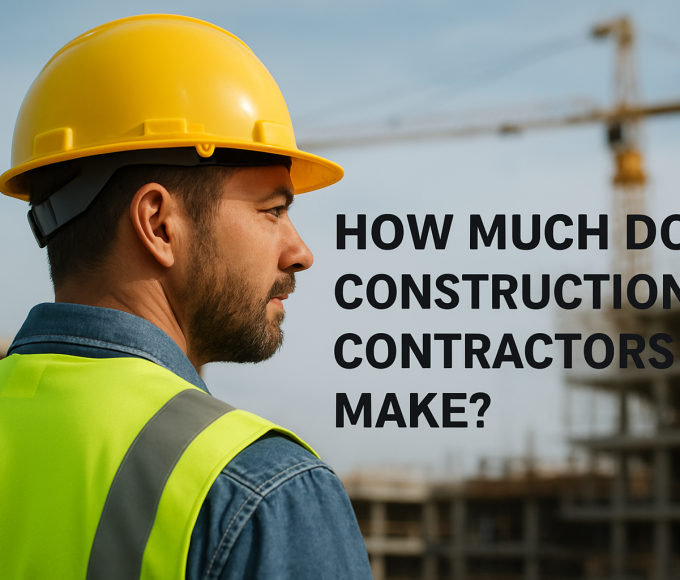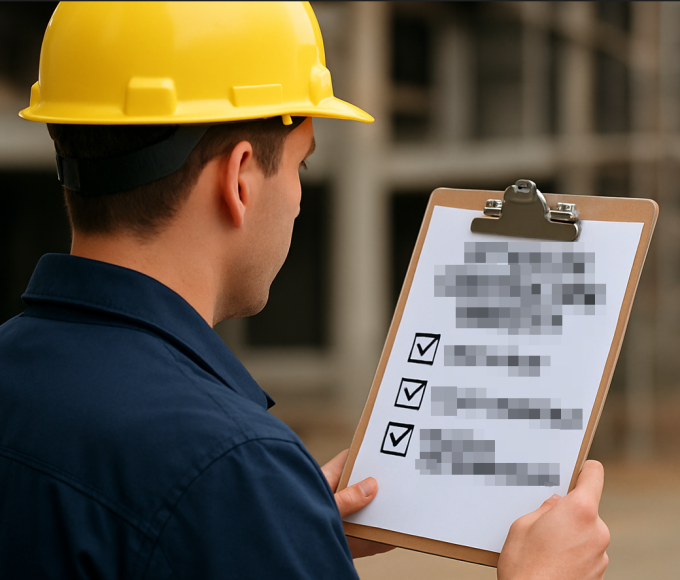The housing market has seen dynamic changes over the last few years, and one of the biggest decisions prospective homeowners face is whether to build a custom home or to purchase a pre-built property. According to the newly released 2024 Home Building & Buyer Preferences Report by the National Housing Council (NHC), more than 58% of recent homeowners considered building a custom home, while 42% chose a pre-built property. This growing interest in custom construction has sparked new debates on cost, design flexibility, and the overall home-buying process. Below, we dive into the key findings, considerations, and motivations driving these two distinct paths to homeownership.
The Rising Popularity of Custom Builds
While pre-built homes (including new spec homes and existing properties) have long dominated the market, custom building is gaining ground—especially among homebuyers looking for more personalized spaces. According to the NHC report, the share of homeowners who invested in a custom build rose from 21% in 2019 to 31% in 2023.
| Generation | Age Range | Custom Home Purchases (2022) | Custom Home Purchases (2023) | Key Reasons for Custom Homes |
| Millennials | 25-40 | 18% | 26% | Ability to design offices and multi-use spaces for remote work |
| Gen Xers | 41-56 | Evenly split between pre-built and custom homes | Evenly split between pre-built and custom homes | No dominant preference mentioned |
Costs & Budgets: Debunking Myths
A common misconception is that custom homes cost significantly more than pre-built options. While custom construction can command a higher price tag—especially if you opt for premium finishes—the NHC report reveals that the median spend on a custom property in 2023 was $450,000, compared with $380,000 for a pre-built home of similar size and location. Therefore, costs vary widely based on region, labor rates, and the complexity of your design. Still, the financial gap may be narrower than expected once factors like renovations on older pre-built homes are considered.
That said, custom and pre-built buyers invested more in higher-end options last year, with the top 10% of custom projects exceeding $750,000 and the top 10% of pre-built purchases reaching $600,000. The data also showed that single-story custom homes with open-concept layouts commanded less final cost variation than two-story builds with custom roofing and luxury facades, reflecting the role of design complexity in influencing final budgets.
How Buyers Are Funding Their Builds
Cash payments continued to be a leading funding source for home purchases across generations, with 77% of custom builders and 73% of pre-built buyers reporting that they leveraged either partial or full cash payments in 2023. Meanwhile, reliance on credit cards for home-related expenses declined across the board as potential buyers increasingly pursued mortgages with lower interest rates during 2022-2023.
| Generation | Preferred Financial Method | Usage Percentage (2023) |
| Millennials | Credit cards for furnishing, inspection fees, and minor renovations | 32% |
| Gen Xers | Home equity loans | 18% |
| Baby Boomers | Proceeds from selling existing properties | Not specified |
Top Motivations and Lifestyle Factors
Across all generations, the desire for a home tailored to personal needs remains a primary motivator for those considering custom builds. That is why, the NHC report highlighted several factors that prompted buyers to lean toward custom options:
- Customization: Buyers increasingly value features that match evolving family dynamics, from specialized home offices to multi-generational living setups.
- Location Freedom: Building a custom home in a desired neighborhood or rural land is a compelling draw, especially for those no longer tied to a physical workplace.
- Long-Term Value: Some consider a custom home an investment capable of appreciating more robustly, given that contemporary design features often maintain value over time.
In contrast, those who chose pre-built homes noted advantages like quicker move-in times, immediate availability, and fewer decisions to juggle. Baby Boomers often leaned toward pre-built properties in communities with established amenities, while busy professionals underscored the time-saving aspect as a major selling point.
Trending Features: From Smart Homes to Sustainable Builds
Smart home technology continues gaining traction in custom and pre-built environments, but custom builds often integrate these features from the ground up. However, automated lighting, integrated security systems, and high-efficiency climate controls are now considered core elements of many new projects.
Sustainability is another area where custom homes shine. So, builders embrace green construction methods, using energy-efficient materials like insulated concrete forms (ICFs) and solar panel systems. The NHC report indicates that 44% of custom builds in 2023 featured at least one advanced green certification, compared with 25% of pre-built options. With rising energy costs and growing environmental consciousness, so this gap may continue to expand.
Engaging Professionals: Architects, Designers, and Contractors
Whether you choose custom or pre-built, experts play a pivotal role in realizing your vision.
NHC data shows that 82% of custom projects employed an architect and a design professional for oversight. Moreover, pre-built buyers often hire specialists for renovations after buying, especially for kitchen and bathroom upgrades or smart home additions.
Older adults, particularly those 65 and older, often depend on licensed contractors for safe, reliable upgrades. In contrast, younger buyers preferred handling smaller tasks themselves, using DIY methods, online tutorials, and occasional professional help.
Making Your Decision
If you’re torn between the appeal of a custom home and the simplicity of a pre-built one, it’s crucial to assess your financial standing, lifestyle needs, and long-term goals. Custom builds offer nearly limitless design possibilities but typically require a longer timeline and more intensive project management. Pre-built options, however, provide immediate move-in potential and may come with established neighborhood amenities. However, your renovation costs and flexibility could be more limited.
Key questions to ask yourself include:
- Do I have the budget—and financing strategy—for a custom build’s potential cost overruns?
- Moreover, how vital is home design flexibility to my quality of life?
- Am I prepared for the time and effort required to manage or oversee a custom building process?
Nonetheless, the convenience and relative predictability of a pre-built property continue to attract a significant share of buyers across all age groups. Thus, discover custom floor plans or quick-build homes, and find the best fit for both your current and future lifestyle.

















Leave a comment